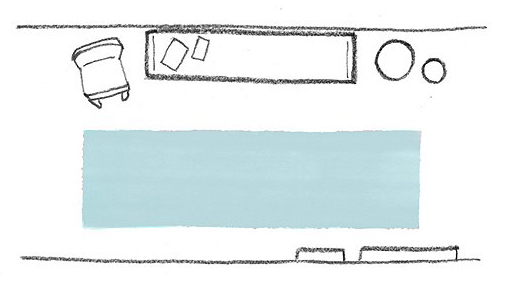There’s no denying the power of a great rug. The perfect combination of color, texture and pattern can really pull a room together and make it sing. But one element is often overlooked: size. If a rug is what anchors a room and unifies the space, then the wrong size rug can make a space feel awkward, out of proportion and unfinished. So whether the look you’re going for is comfortably snug or lively and spacious, follow our tips below for selecting the right size rug for your room.
LIVING ROOM
Selecting a rug for the living room usually comes down to three choices. 150 x 200 cm, 200 x 300 cm or 250 x 350 cm. Some size guides recommend that either all the furniture rests on the rug, or all the furniture, except for the coffee table, is placed completely off the rug. This will look fine, but one exception is the placement of the sofa. In our opinion, the front legs of a sofa can rest on the rug while the rest of the sofa is off the rug.
A roughly 150×200 cm rug will typically be placed under the coffee table, with the rest of the furniture placed off the rug.

An 200×300 cm rug allows for the furniture to be placed on top of the rug, or completely off of the rug. It depends on the other furniture and dimension of the living room.
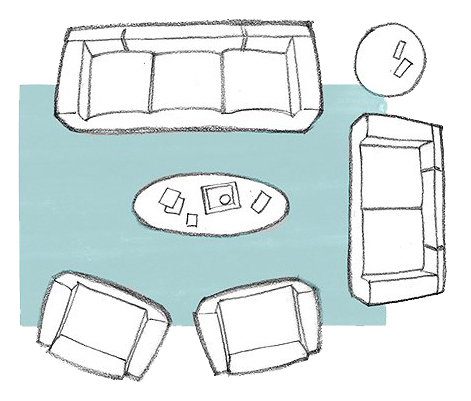
A 250×350 cm or 300×400 cm rug almost always has all the furniture within the living room placed up on it. Interestingly, the bigger the rug the larger it makes a room appear.
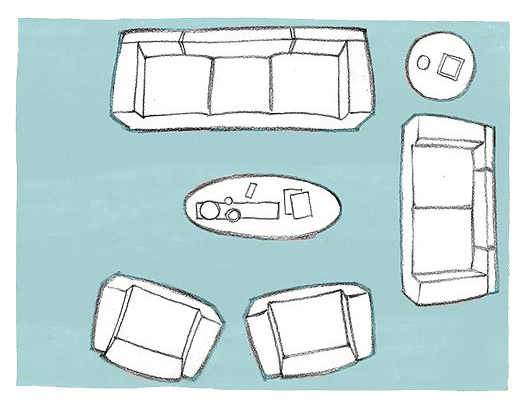
dining room
Selecting a rug size for the dining room is pretty straight forward. The legs of the chair should sit comfortably on the rug, even when pulled out for people to sit.
200 cm or 250 cm round rugs are a great choice for round dining tables with 4 to 6 chairs.

Typically a 200×300 cm rug will work under a dining table with 6 chairs.
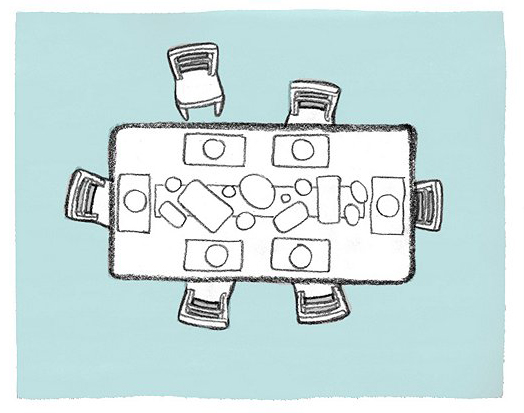
Typically a 250×350 cm rug will work under a dining table with 8 chairs.
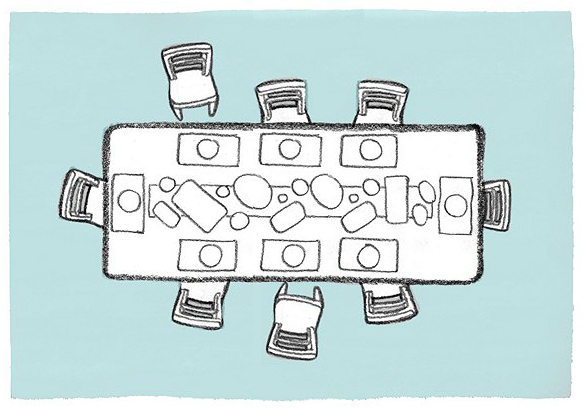
Bedroom
As the focal point of the room, your bed should also be the base for rug placement. Not only will this further define space, but will also give your feet a soft spot to land each morning.
Frame your bed with this popular option, which doesn’t quiet extend up to your nightstands and past the foot of the bed. For a symmetrical finish, a 150×200 cm or 200×300 cm rug should be fine.

250×350 rugs should be placed horizontally under a bed. A large portion of the rug will be exposed around the top and sides of the bed. Similar to living rooms, the larger rug makes the room appear larger.
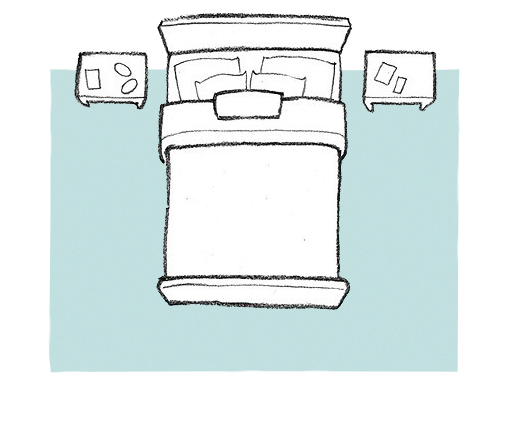
Runners are a great alternative to use on either side or along the foot of the bed. Even in a bedroom with wall-to-wall carpet, you can add runners on either side of the bed and across the foot for a cozier foundation.
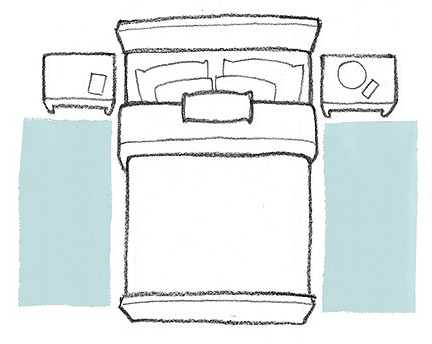
Hallway
Hallways see a lot of foot traffic. Fortunately, there are rugs that are designed specifically to protect the carpet or flooring in your hallway. Hallway runners are long, rectangular rugs that you can place in your hallway, entryway, or other high-traffic areas. Not only do runners protect your flooring from wear and tear, they can make a huge design impact on the narrow space
A long central runner can be used down the center of a hallways, with furniture pushed to the sides resting on bare floor
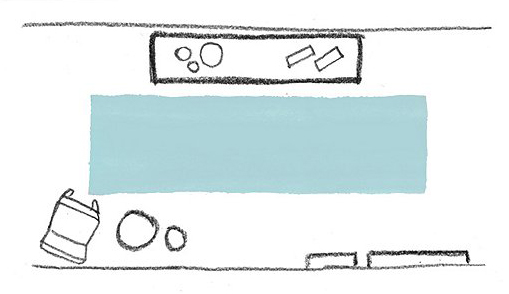
More common is to have a runner take up just one side in a hallway with furniture against the opposite wall.
